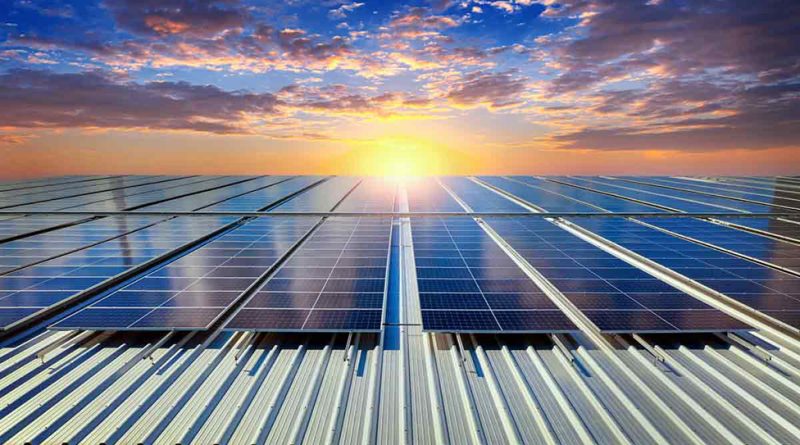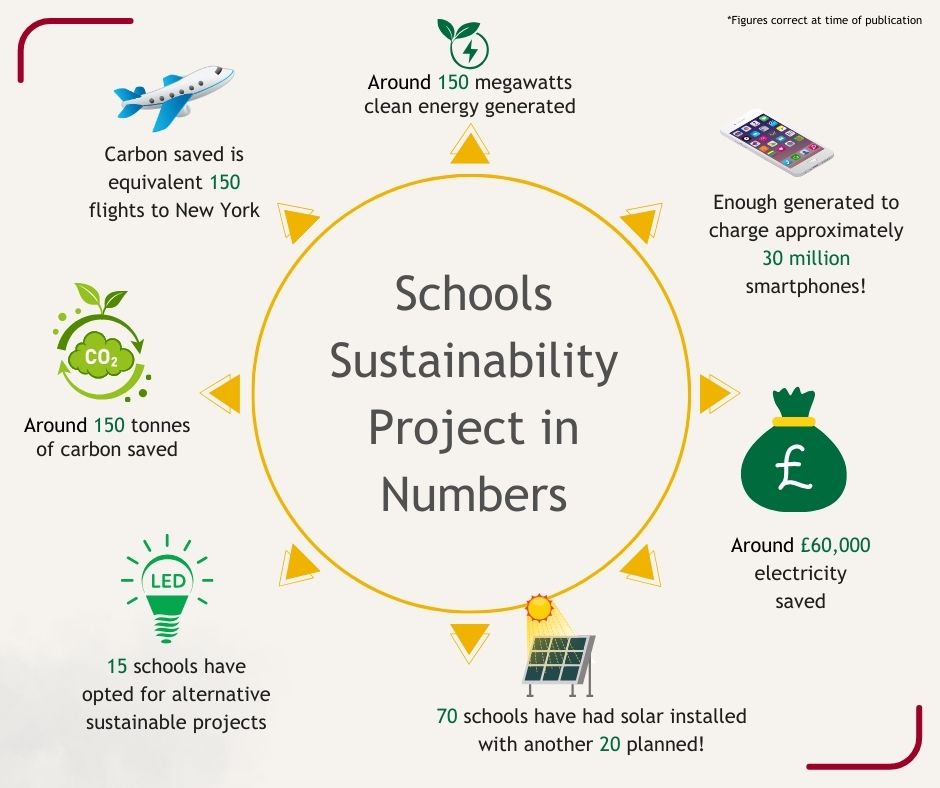Schools solar project in Salford lights the way to diocesan net zero target
Schools across the Diocese of Salford have saved an estimated 150 tonnes of carbon in less than a year as part of a strategy for the diocese to become net zero by 2038.
Over the past year, the diocesan property team has been working closely with schools in the diocese to identify ways to realise Bishop John’s Arnold’s vision of sustainability in response to Pope Francis’ environmental teachings.
In early 2023, the diocese received in excess of £3 million from a government allocation of an additional Devolved Formula Capital funding to address sustainability and carbon reduction in schools.
This vital resource provided a key opportunity to help the diocese on its decarbonisation pathway, kickstarting a wave of sustainable projects in Catholic schools across Greater Manchester and Lancashire.
“Our diocese is home to almost 200 schools across Greater Manchester and Lancashire, all requiring considerable amounts of energy for long hours each day to provide top-quality learning environments for our children,” said Dr Emma Gardner, Head of Environment for the Diocese of Salford.
“As we strive towards our goal of being net zero by 2038, finding a way to decarbonise these buildings presents us with a real challenge. However, this additional allocation has provided a great opportunity, enabling us to begin that process and start making a real impact in this key area of our decarbonisation strategy.”
The diocesan property team quickly began to explore ways the funding could make the biggest impact on the diocese’s carbon reduction pathway, whilst supporting the needs of its schools.
Research eventually pointed the team in the direction of solar energy and in April last year, Our Lady’s RC Primary School in Aspull became the first beneficiary of this scheme.
“As a Catholic school, we are called to follow Pope Francis’ encyclical Laudato Si’ and to look after our common home,” said Headteacher Chris Horridge.
“As an Eco School already, we are always keen to support sustainability projects and this seemed like the next logical step for us as a school and Catholic community.
“Through the project, we are able to generate renewable energy, reduce our bills, and cut our carbon emissions. Additionally, our pupils, Eco and Laudato Si’ team have developed a greater awareness of solar power and renewable energy.”
Since then, almost 70 schools across the diocese have had solar panels installed, a further 20 projects are planned, 4 installations will take place as part of bigger projects such as roof replacements, and 15 schools have opted for alternative sustainability projects, such as LED lighting, window replacements, or insulation upgrades.
So far, the initiative has generated an estimated 150MW (megawatts) of clean energy – with a high proportion of those projects being installed in the darker months of autumn and winter.
This equates to approximately 150 tonnes of carbon saved – that’s around 150 flights to New York – as well as around £60,000 of electricity.
John Corrigan, Director of Property and Facilities Management at the Diocese of Salford, has been delighted by the progress so far but is eager to explore options to really maximise the impact of the scheme.
He said: “It’s great to see this project making such a visual statement about our commitment to sustainability.
“Every one of our 160 voluntary aided schools have benefited from this scheme and are now ready for discussions around the next stage of this evolving journey.“This is just the first step and by no means the end of what we’re hoping to achieve. The challenge now is to explore ways to ensure we’re using every bit of the energy we generate to make our schools modern, sustainable centres of learning.”
______________________
SOURCE:



